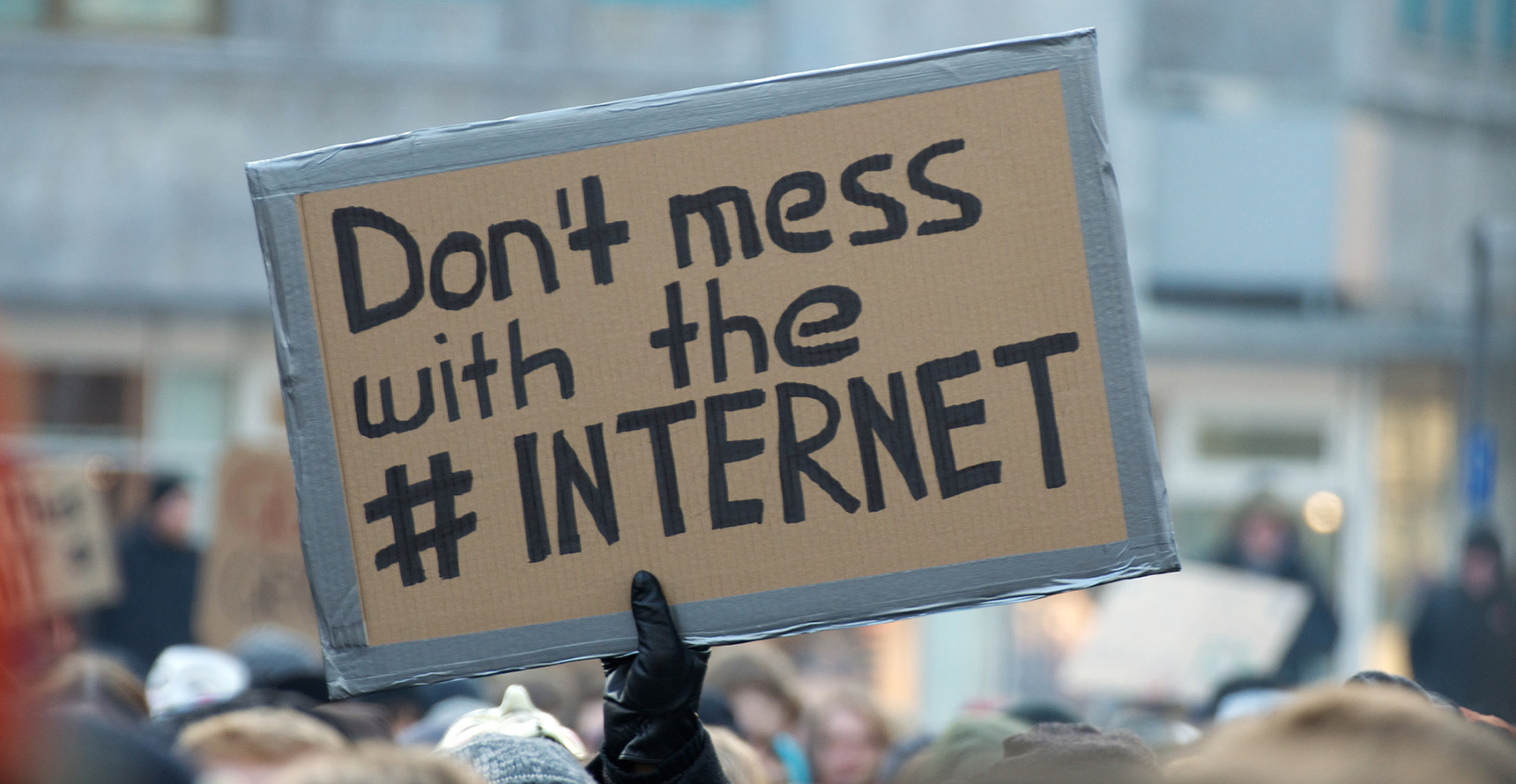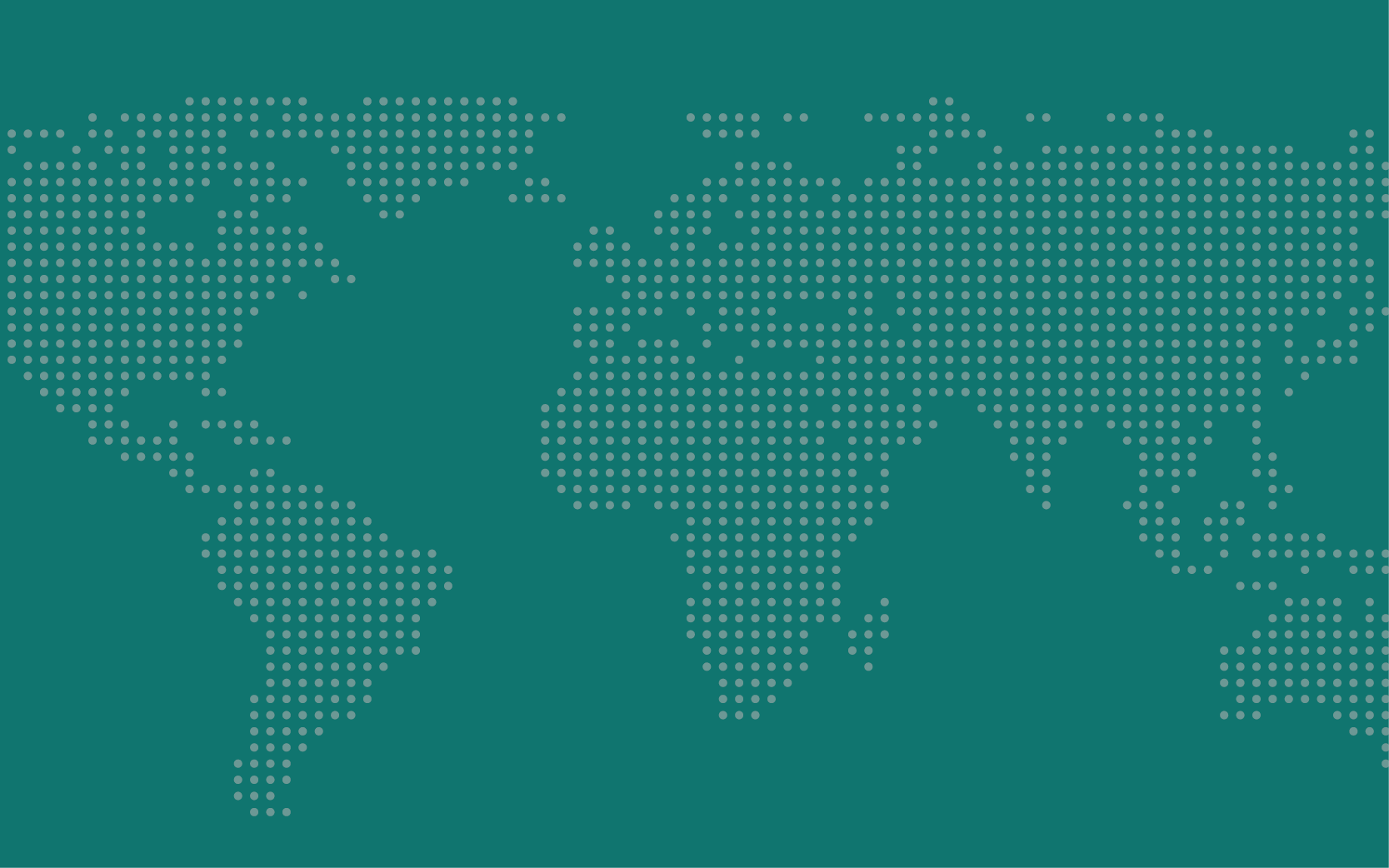The Worrying Trend of Internet Shutdowns in India

On May 4, 2023, residents living in the Indian state of Manipur awoke to find that they were without internet access. In response to student protests that turned violent, the Manipur government imposed a curfew, deployed a security force of 10,000 troops with shoot-on-sight orders, and ordered a total shutdown of internet services across the state, which continues today. Despite pushback, including a petition filed with the Supreme Court and demands from the opposition Congress party, the shutdown has been extended several times. The three million residents of Manipur say that living without internet services has disrupted economic activity, exacerbated fuel shortages, and prevented them from exercising their constitutionally protected freedom of speech and expression.
Free and unfettered internet access has become an essential part of daily life, and the democratic process. Citizens depend on the internet to access information, conduct business, and communicate with friends and family. They also increasingly use online platforms to share their grievances, expose rights violations, and organize dissent.
Because digital platforms make information accessible—including information that may harm ruling governments and/or bolster the opposition—they are often the target of state repression. Though autocratic regimes have long used repressive tactics to raise the costs of dissent and reinforce their own power, digital technologies have given rise to new forms of repression that appear drastically different from traditional physical violence such as killing, torturing, and jailing dissidents. Internet shutdowns—the intentional disruption of online network connections in a particular area or for a particular group of people—are one tool within the quickly expanding toolbox of digital repression tactics. By suspending internet services, either through direct control over state-owned internet service providers (ISPs) or by pressuring privately-owned ISPs to comply with government requests by threatening to revoke their operating licenses, shutdowns allow governments to suppress dissent and inhibit collective action by cutting people off from vital information and the tools of communication.
Internet shutdowns are often used in response to violent unrest, like during the Arab Spring and the 2021 coup in Myanmar. But shutdowns also occur during election periods, amid peaceful protests, and while the government is concurrently deploying physical repression. Shutdowns have grave consequences for the economic, social, and political functioning of a country. This has led to calls from human rights groups and international organizations to curtail the use of shutdowns, including a United Nations resolution that labeled measures to intentionally disrupt the flow of online information as violations of international human rights laws.
India, the world’s largest democracy, is also the top perpetrator of internet shutdowns. With the world’s second-largest number of internet users, India has issued 651 shutdowns since 2016—more than half of all shutdowns globally. While internet shutdowns in India are often framed by the government as necessary measures to uphold public safety, the patterns of who is targeted and when suggest that shutdowns are being used to strategically repress groups that threaten the ruling party’s grip on power.

Internet Shutdowns in India by State, 2016-2021.
Digital repression in India is part of a larger story of democratic backsliding, which is on the rise globally. India has exhibited signs of democratic erosion since the Bharatiya Janata Party (BJP) returned to power in 2014, under the leadership of Prime Minister Narendra Modi. Since then, rising polarization, threats to minority rights, and limitations on freedom of expression and association have led Freedom House to downgrade India to “partly free,” and V-Dem to declare India an “electoral autocracy.”
India has also experienced an uptick in communal violence, particularly between Hindus and Muslims, as well as several large-scale protests, such as the recent Farmer Protests and Citizenship Amendment Act (CAA) Protests, organized in response to unpopular policies. The government of India has been criticized for its repressive response to these events which have involved reports of police brutality and disruptions to online network connections.
The question is: Who is being shut down, and why—and what does this imply for India’s faltering democracy?
Unlike most other countries that shut down the internet, India does not enact nationwide shutdowns. Instead, shutdowns are administered at the state level—where most governing authority resides in India—and are applied locally to a single state, district, or town. By combining reports of internet shutdowns from Access Now’s Shutdown Tracker Optimization Project (STOP) with data on local election returns[1] and geolocated violent events[2], I found that shutdowns are most frequent following violent events perpetrated by opposition affiliated groups, particularly when that violence occurs in districts with lower electoral support for ruling parties. State governments also appear to use internet shutdowns preemptively—they are more common immediately prior to domestic military offensives. These spatial and temporal patterns of repression are unique to internet shutdowns, not appearing in analyses of more traditional forms of physical repression in India, suggesting that they may be easier for governments to target than physical repression. This implies that internet shutdowns in India are a unique and politically motivated tool used by government officials to maintain and expand their grip on power by selectively repressing politically threatening groups and providing cover for state-led violence.
These findings have several concerning implications. First, despite initial optimism that the internet would serve as a liberation technology, state cooptation of digital tools for repressive ends has dampened its potential democratizing benefits. Second, digital tools offer governments a less costly and more efficient means of repressing their populations. As a result, states that previously refrained from using traditional repression may be more inclined to employ digital repression tactics. In addition, digital technology enables governments to target repression more narrowly such that they can strategically apply these tactics to maximize their repressive effects. Taken together, advancements in digital technologies have given rise to a new form of state repression that poses a significant threat to political freedoms around the world.
 Marika MINER is a Ph.D. candidate at the University of California, Davis. Her work focuses on protest and repression in the digital age. In a forthcoming paper, “Strategic Disruptions: The Subnational Targeting of Internet Shutdowns in India,” she provides a deeper look into the worrying trend of internet shutdowns in India.
Marika MINER is a Ph.D. candidate at the University of California, Davis. Her work focuses on protest and repression in the digital age. In a forthcoming paper, “Strategic Disruptions: The Subnational Targeting of Internet Shutdowns in India,” she provides a deeper look into the worrying trend of internet shutdowns in India.
[1] I calculate yearly district-level political support for the ruling party using data from the Trivedi Centre for Political Data.
[2] I use geolocated data on violent events in India from 2016-2021 from the Armed Conflict Location & Event Data Project (ACLED) which I characterize according to the event’s perpetrators and targets.
Photo credit: Martin Krolikowski

Global Policy At A Glance
Global Policy At A Glance is IGCC’s blog, which brings research from our network of scholars to engaged audiences outside of academia.
Read More